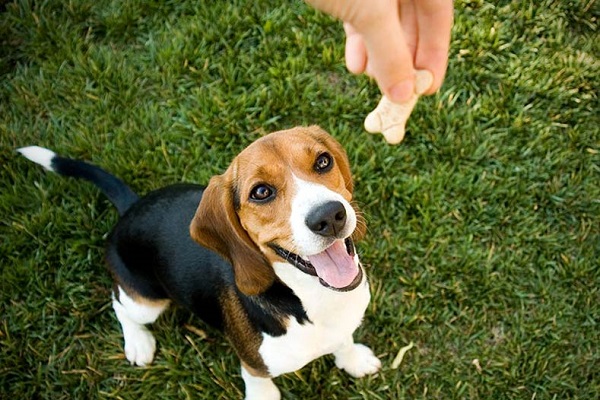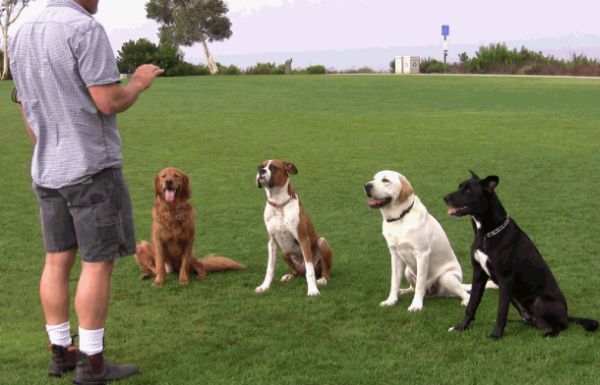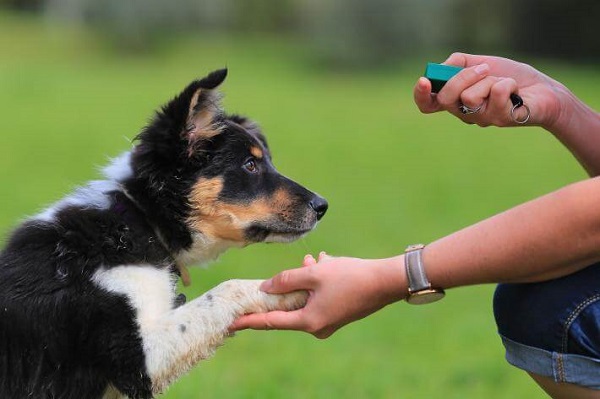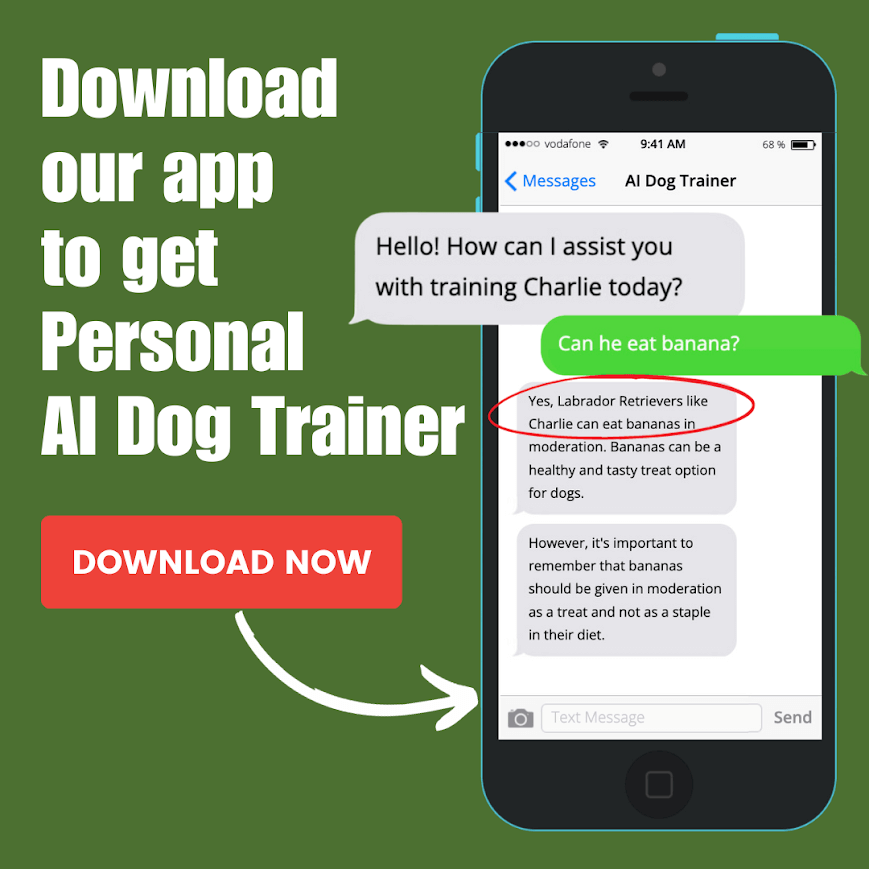Want to adopt a dog but don’t know how to train your rescue dog? Don’t worry, we are here to help.
There are not enough houses for all the animals on this planet born every year. Each year 8 to 12 million dogs and pets are put to death due to the lack of homes for them!
You can break this cycle of pet overpopulation by adopting a shelter dog! We can teach you how to train your rescue dog!
This action of yours can save a lot of animals on this planet!
We will provide you tips from experts on how to train your rescue dog! You don’t have to worry about dog training, it can take 2 weeks or 2 months also! But, it is not impossible to train him!
Tips and Tricks from Experts to Train your Rescue dog
![How to Train Your Rescue Dog? [Tips by Experts] How to Train Your Rescue Dog Tips by Experts](https://www.dogneedsbest.com/wp-content/uploads/2021/05/How-to-Train-Your-Rescue-Dog-Tips-by-Experts.jpg)
We have come up with the list of 9 solutions from experts to help you train your rescue dog.
1. Build a safe and loving environment
This is obvious that a rescued dog has never experienced a typical homily environment due to which when they come home after adoption it might be uneasy for him to accept the environmental changes. He may get anxious and act differently in the starting.
So, it is highly important to make him feel secure and comfortable at your place.
According to my experience, to earn his trust the best way is to spend some quality time with your pooch, and make him believe this place is now his home too!
No need to worries if initially he is not settled even we have faced this issue a lot but remember this will take time just like we take time to adjust in a new environment he also feels the same. This might take a few a week or even a month to adjust according to his new family and surrounding.
The right dose of love and attention will get things better sooner!
Remember try not alone to leave him alone more than a few hours at a time in the first few days.
It is a prime reason for them to feel avoided and may suffer from anxiety. If we keep them close to us, it will help him to establish a routine that basically makes him feel relaxed.
2. Give him house training
This is common that your dog enjoys spending his time with each person in the house. But, it is important that each house member follows rules and routine so that consistency is maintained. And, this will provide your dog stability and leadership.
We have observed that the higher consistency of your family member is directly proportional to his way of figuring things out quickly. The absence of schedule, and screaming at your pooch for wrong things can make him anxious and unsettled.
In our experience, these are some of the best ways to train your rescue dog in the house easily.
- Take your pooch on a walk twice a day. Once in the morning, and one after dinner.
- Train him to ask for things he likes by sitting politely instead of barking. Before you give him his kibble meal make him wait patiently and sit. If he barks just turn away.
- Provide him nutritious meals on a regular time period in a quiet place to keep up the consistency.
- Make him sleep in a crate with you until he is house-trained completely.
- Don’t feed your pooch when he is barking or pawing this can encourage him to build wrong behavior

3. Reward for Good Behaviour
You can use rewards as motivation to transform his bad behaviour into a good one. A reward can be anything he likes for example treats, walks, praise, dinner, his favourite toy, belly rubbing, a throw ball game, etc.
Personally, my dog enjoys praise, belly rubbing, and treats, so when he behaves nicely according to my likes I praise him a lot, and even sometimes offer him his favorite treat.
Usually, we tend to notice only the mistakes of our dog therefore, it is important to start observing good behavior. Things we take for granted like lying down, playing quietly, acting friendly to other pets, walking on a leash without pulling or chewing appropriate toys. We can use this.
And, using this as a motivation to reward him, so he repeats this good behaviour.
Your rewarding pattern should closely follow his nice behaviour, so that it turned out to be meaningful.
Our key solution to this is to keep rewarding, keep motivating your dog for the things you like!
4. Build a bond with family members
You should teach your rescued dog to create a bond with every house member. For this, you can use rewards for keeping the motivation level up!
In our experience when I was training my shelter dog we tried to build a bond with our dog by engaging some time with him like by playing a fetch catch game. This is because he will associate this cute little thing with you, and your family member. It will also help to create an emotional bond with you and your family.
To train your rescue dog with cues can also build your connection stronger because of the line of communication. We will communicate to you, and feel better because now he can express what he likes and dislikes.
Most of the rescued dogs are not high-spirited, but those who are, have the advantage of this side.
Let your dog persuade you instead of you approaching him. It can be done by holding a treat in your hand, and then your dog getting attracted by this will make him first to interact with you.
Always listen to your dog, what he is trying to tell you for things he is comfortable or uncomfortable with. Observe his body gesture. Once you detect things that make him uncomfortable, stop and try to make that thing less miserable for him!
You must find a solution to this because it can lead to a lifetime problem. Trying to make him comfortable with things that make him scared either by giving him treats or by finding an alternative.
5. Slowly introduce him to new dog friends
If your house has two pets it is vital for you to introduce your rescued dog to your other pet to avoid the unbearable fights in the house.
It is highly important that both of them meet on a common ground first instead of the home they live in. Like in a park during evening walks or on the street. Avoid the first meeting in a place of tension.

You must make their first meeting with some positivity like giving a treat when your pooch is on the other side of a baby gate.
Remember to always put your dog on a leash while introducing him to the other pet at the first meeting greeting session, so your dog respects other spaces.
Take them friends either by sharing toys, making them play games together or sharing food bowls together.
According to our experience, these things should be taken at a slow pace because once it has gone wrong it will last for long!
6. Watch on behaviour issue
It is believed by most vet behaviorists that after adopting a shelter dog they are usually having reactive behavior (barking, pawing, lunges, pulling on leash) towards humans, dogs, or both. They are more reactive towards inanimate objects or noises. This is called separation anxiety.
We have observed that some pooch may have behavioral problems in the initial seven days of their adoption. They may show destructive behavior when left alone for the first time in the house due to anxiety.
This behaviour issue will take time to change, and you cannot expect it to change in a single night right?
Surprisingly few dogs may not even face this behavior issue at all until they feel homily with the new owner which will obviously take a few weeks or months.
This behavior problem may be due to a feeling of fearfulness. For this you should work on the solution by bringing some positive reinforcement or association with those things like by giving them dinner, praise, rubbing their belly, etc.
7. Prepare your home for your dog
Before you get your dog home what is the important thing you should do?
You must get your house ready for him by getting essential dog supplies like bowls, a collar, crate, toys, leash, and dog food.
Once you get all this thing that your dog requires then your house is completely made for him. When he is with you can also try to walk on your knees and hand by crawling so that you can watch what your newly adopted dog will be seeing.
It is highly important to make your place safe and secure for your new dog is similar to get a new baby home. Keep yard secured that will decrease his chance to escape your place. You can also put a long line leash when he is in your home to prevent him from bloating out the door.
Disclaimer: Never leave your shelter dog alone for a long time in a room!
8. Give him dog training

You cannot expect your newly adopted dog to be trained. So to welcome him to your house without any worrying you must first train him with some basic commands. Give him obedience training as well.
Train your rescue dog with basic dog training and obedience training to keep your dog secure and safe within your boundaries. The basic commands help your pooch to behave nicely at home and also help him to become a good citizen outside the house.
Train your rescue dog with commands like Stay, Sit, Come, Down, Heel, Off, and No.
If you find difficulties while giving him house training you can also approach professional dog trainers to help.
9. Handful of patience
We understand that it might be tricky and hard to train your rescue dog therefore patience is a must. You have to understand that they might be mistreated in the past, he may act aggressively around food you give or might become overprotective over possessions.
You have to handle this situation with care, love, and a lot of patience because they need time to adjust themselves in the new environment and with new people around them who are strangers to him.
Losing your temper by punishing or yelling at him can make the situation very complicated. It may build an anxiety issue which can cause other issues.
Provide positive reinforcement it will help you and your dog to have peaceful relation!
Patience is the best solution! Because of course even we can’t adjust to new surroundings within a night!
FAQs
How long does it take for a shelter dog to adjust to a new home?
Two weeks to two months
The dog is easily influenced in a new environment. You have to invest your time during this duration to teach him to socialize, teach, and get acquainted with your other pets.
This process of adjustment can take at least an average of two weeks to two months.
Is it difficult to train rescue dogs?
The answer to this is not certain!
It is not necessary. Training an 8-12 week adopted old puppy and newly adopted rescue dog will have the same level of challenges or ease.
How can we know that the rescue dog is happy?
The simple answer to this goes to their tail!
The clear sign of the dog loves you is represented by a wagging tail. If they always wag their tail means you have got a happy dog to your home.
Where should a new rescue dog sleep?
You should take your pup to his new sleeping space with a Kong and your old tee shirt, and a bed for her. If he is not in the crate. You should keep some dog gates in the general sleeping area so that he can’t escape your place.
How can you help a rescue dog with anxiety?
- You can simply make him do some exercises.
- Never leave them alone.
- Try spending games, create a bond.
The Bottom Line
You must understand that a rescue dog needs a bit more care, love, and training than the usual dog because they might have been mistreated by the earlier owner. It is a little difficult but not impossible right!
We have shared nine tips from our experience and expertise on how to train your rescue dog. These tips will help you to train your rescue dog easily. You can read those 9 methods while training. And, if you know more tricks for this do let us know in the comment section below!
Till then enjoy your time with your new rescue baby!
References:
- How to train a shelter dog – Embark
- Adopting from an animal shelter or rescue group – The Humane Society of the United States
- 15 Surprising Benefits of Adopting a Shelter Dog – Reader’s Digest


